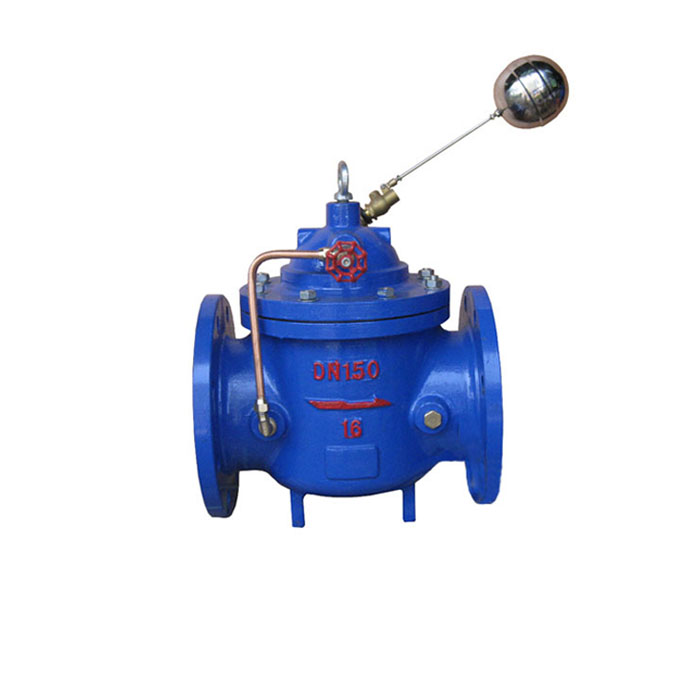offset butterfly valve
Understanding Offset Butterfly Valves Design and Applications
Offset butterfly valves are increasingly gaining prominence in various industrial applications due to their unique design and functionality. Unlike traditional butterfly valves, which have a centrally positioned rotation axis, offset butterfly valves are engineered with their rotation axis situated off-center, providing several advantages in fluid control and system efficiency.
Design Features
The key design feature of an offset butterfly valve lies in its disc positioning. With an offset design, the valve's disc does not rotate around the center of the pipe but rather at a calculated distance away from it. This offset configuration allows for smoother operation and reduced turbulence in the flow path. The disc's angular positioning permits it to close against the flow, providing a tight seal when the valve is in the closed position. This design minimizes the wear on the seating surfaces, extends valve life, and reduces the likelihood of leaks, ensuring the integrity of the system.
Operational Benefits
The operational advantages of offset butterfly valves make them suitable for a broad range of applications. One significant benefit is their ability to handle a variety of fluids, including solids, slurries, and gases. Their design allows them to maintain a foolproof shut-off capability and operate effectively under various conditions, including high-pressure and high-temperature scenarios.
offset butterfly valve

Another notable feature is their low torque requirement for operation. The offset design reduces the torque needed to open and close the valve, which can lead to lower energy consumption and reduced wear on the actuator. This efficiency is particularly valuable in large systems where multiple valves are utilized, as the energy savings can accumulate significantly over time.
Applications
Offset butterfly valves find applications in diverse industries such as water treatment, chemical processing, oil and gas, power generation, and HVAC systems. In water treatment plants, they are often employed to isolate sections of pipes or to control the flow of water, providing reliable service over extended periods. In chemical processing, their ability to handle corrosive materials while maintaining tight seals makes them indispensable.
The oil and gas industry also benefits from the use of offset butterfly valves, particularly in upstream and downstream applications, where they play crucial roles in controlling the flow of hydrocarbons. Their durability and efficient operation in severe conditions make them an ideal choice for environmental safety and operational reliability.
Conclusion
In summary, offset butterfly valves represent a significant advancement in valve technology, offering a unique combination of operational efficiency, reliability, and versatility. Their innovative off-center design provides numerous benefits, including reduced torque requirements, improved flow characteristics, and enhanced sealing capabilities. As industries continue to seek more efficient and reliable fluid control solutions, the adoption of offset butterfly valves is likely to increase, positioning them as a key component in modern industrial systems. Whether in water treatment, chemical processing, or oil and gas applications, offset butterfly valves will continue to play a pivotal role in ensuring the smooth operation of various processes. As engineers and designers explore new avenues for optimizing fluid dynamics, the offset butterfly valve remains an invaluable tool within their toolkit.
-
3-types-of-check-valves-maintenance-tipsNewsAug.23,2025
-
ball-valves-types-with-trunnion-mounted-designNewsAug.23,2025
-
butterfly-valve-company-production-capabilitiesNewsAug.23,2025
-
fisher-globe-valve-technical-specificationsNewsAug.23,2025
-
types-of-gaskets-for-flanges-selection-guideNewsAug.23,2025
-
wedge-gate-valve-suppliers-quality-standardsNewsAug.23,2025
-
Breakthrough in Domestic Low Temperature Valve Technology in ChinaNewsAug.18,2025




